A Soviet Ghost Town in the Arctic Circle, Pyramiden Stands Alone
This outpost in the high north looks much as it did when it was abandoned in 1998, providing visitors with a glimpse into Soviet-era life and culture
/https://tf-cmsv2-smithsonianmag-media.s3.amazonaws.com/filer/b6/94/b6942d81-b9f6-48fe-a014-cee80c3134ab/img_0728.jpg)
People say that the Soviet town of Pyramiden was abandoned overnight. In reality, however, the desertion occurred over a period of months. But a visitor arriving in Pyramiden in the fall of 1998 would be justified in reaching that conclusion. In the newly emptied town, withering plants sat on windowsills; clean dishes were stacked on the cafeteria shelves; and neatly folded sheets rested on the former residents’ beds. The equipment used for coal mining—the town’s raison d’être—sat where workers had left it, ready to rev back into action at the push of a button. It was as if several hundred people had abruptly stopped what they were doing and simply walked away.
The residents, however, never returned, and today the town still stands much as it was when the last men departed. Located in Svalbard, an archipelago situated between Norway and the North Pole, Pyramiden can be reached by boat from about mid-May until the beginning of October, when waters bordering the town are free from sea ice. But throughout the cold winter months—three of which are engulfed by 24-hour darkness—Pyramiden hosts only the occasional stray polar bear.
To explore Pyramiden is to step back in time, to the heyday of the USSR. Soviet culture, architecture and politics permeate the town, from the block-style housing to the bust of Lenin—the world’s northernmost statue of that communist revolutionary—gazing down, fatherly and proud, on Pyramiden’s main square. To truly appreciate the town, however, visitors should become versed in the strange history of its impressive rise and mystery-shrouded fall.
A Soviet town in the Western Bloc
Svalbard’s own unique history made Pyramiden’s existence possible. Starting in the 17th century, the Arctic islands were used on and off again as a base for whaling and walrus trapping. By the beginning of the 20th century, however, interest had shifted to coal mining. Up until that point, the archipelago belonged to no nation and was freely used by the Dutch, Danish, Norwegians, British and others. In 1920, that changed. A handful of nations—including Norway, the United States and Britain—created the Svalbard Treaty, which granted Norway sovereignty over Svalbard. Russia, however, was left out. “The Russians were always upset about this, because at the time that the treaties were being signed, they were having a civil war and were sort of forgotten about,” says Steve Coulson, an Arctic ecologist at the University Center in Svalbard, who has worked and lived there since 1991.
But Russia was not completely out of luck. The Svalbard Treaty dictated that not all Norwegian laws applied on the islands, and that all signatories of the treaty have equal rights to develop and pursue commercial activities on the islands. Russia—and, eventually, more than 40 other nations—quickly became signatories.
More than any of the other signatories, Norway and the newly formed Soviet Union especially seized upon the opportunity to develop commercial pursuits on Svalbard. In 1926, Norway established Longyearbyen, which is today Svalbard’s most populous town, with around 2,000 residents. In 1936, the Soviets acquired the rights to use the coalfields at Pyramiden (named for the pyramid-shaped mountain looming over the valley settlement) and Barentsburg, about 60 miles south. Trust Arktikugol, a state-run coal company founded in 1931, assumed responsibility for those operations and took over ownership of both Pyramiden and Barentsburg.
Life in the high north
At first, Pyramiden was a sleepy place, with hardly any residents at all. But after World War II, the Soviets allocated more money to the town. They constructed dozens of new buildings, including a hospital, a recreation center called the Cultural Palace and a large cafeteria, complete with a giant mosaic depicting the Svalbard landscape populated by heroes of Norse legends. All were constructed in the typical Soviet block-style fashion, and with rounded edges to lessen the impact of the bitter winter wind.
In the 1980s—the town’s height—more than 1,000 people lived in Pyramiden. Residents were assigned to different residential halls, which soon acquired their own nicknames. There was London for single men, and Paris for the few unmarried women who came to Pyramiden (there was also a pub on the ground floor of the ladies’ building). The Crazy House—for families—earned its name for the children who would constantly play in the hallways. Finally, Gostinka (Russian for “hotel,” although it was not a hotel) housed short-term workers. Over the years, Pyramiden also established permanent resting places for residents who met with an unfortunate end, building cemeteries for both humans and cats.
Russian colleagues told Coulson that the Soviets considered a contract in Pyramiden to be something of a promotion and privilege. In Pyramiden—much more so than some places on the mainland—quality of life mattered. The Cultural Palace featured a library, a weight-lifting room, a basketball court and a large auditorium with rows of cushy red seats, where performances took place and movies were shown. The “bottle house”—whose interior was lined with 5,308 empty glass bottles—was built as a unique place for residents to hang out and drink. Music was important, too. The northernmost grand piano—a Red Oktober—was brought in by boat along with a number of other instruments, including keyboards and accordions. A playground—equipped with swings, slides and a small jungle gym—and a soccer field were installed for use in summer months, while Pyramiden’s heated indoor pool was the best in Svalbard. “The kids from Longyearbyen used to go there to use the swimming pool,” Coulson says. “It was quite impressive in its day.”
Aesthetics mattered, too. With its dramatic mountain backdrop and view of the nearby Nordenskiöld glacier and fjord to the east, Pyramiden possessed a natural “wow” factor. However, up close the Arctic is a notoriously dusty, brown place. The soil is too nutrient-poor to support much plant life, and muddy erosion is a constant concern. To get around this problem, the Soviets imported shiploads of soil, likely from what is today Ukraine. The soil formed the literal groundwork for the largest beautification project likely ever to take place in the Arctic: creating a massive artificial lawn. Those efforts were successful. In the summer months, Pyramiden’s grassy square burst into brilliant green, and residents further spruced it up with sunflower lawn decorations.
The imported soil was also put to use in greenhouses, where residents grew tomatoes, cucumbers, lettuce, peppers, ornamentals and more. The nearly self-sufficient town raised its own pigs, chickens and cattle, and all of its power came from the coal that workers mined.
“It was meant to be an ideal Soviet society,” Coulson says. “It was a town where any foreigner could come without a visa, so it served as an exhibition of the best of the Soviet Union.”
Hein Bjerck, an archeologist at the Norwegian University of Science and Technology in Trondheim, has fond memories of visiting Pyramiden when the town was still in operation, when he served as a cultural heritage officer. “The Russians were very hospitable,” he recalls. Bjerck enjoyed experiencing the town’s “Eastern atmosphere,” including sampling traditional Russian food served in the mess hall, where nearly the entire town joined together each morning and evening (the apartments were not equipped with kitchens). “Soviet food has a bad reputation, but I liked it a lot,” he says.
Coal mining aside, Pyramiden and the nearby Barentsburg largely served as a convenient way for the USSR to maintain a presence in the West. “It’s no secret that the Soviet Union, and then Russia, wanted to keep these settlements,” Bjerck says. “The towns are technically in the West, so they would like to be there for many, many reasons, even if they’re not producing coal.”
The desertion
Pyramiden’s coal mines, in fact, were never profitable. When the Soviet Union collapsed in 1991, the motherland subsidies that supported Arktikugol’s operations and the town began to thin. “In the 1990s, the situation changed: There were shortages, low salaries and poor living standards,” says Vadim Prudnikov, a professor of financial math and risk theory at the University of Ufa, Russia, who spent the summers of 2008 and 2009 living in Pyramiden as one of the first guides Arktikugol ever hired, and who still occasionally works as a freelance guide in Svalbard.
Amidst the budget woes and declining standards of living, in 1996 tragedy descended. On its approach to the Svalbard airport, Vnukovo Airlines flight 2801 from Moscow, which was chartered by Arktikugol, crashed near Longyearbyen. All 141 passengers aboard were killed, including three children and many of the mineworkers’ family members. “My close friend’s parents and sister were on the plane,” Prudnikov says. “He had decided not to take that flight because he’d just gotten married in Ukraine.”
After the accident, many of the victims’ families pursued lawsuits against the company over compensation disputes, and Pyramiden’s morale hit an all-time low. “Yes, the crash led to a great depression in the company and workforce,” Prudnikov says. “It contributed to the decision to close down one of the settlements.”
Shortly after the crash, Arktikugol began discussing shuttering Pyramiden. “They explained in these meetings that I was a part of back in ’97 that, in order to continue mining, they would have to make big investments to get to new coal layers that were deeper in the mountain,” Bjerck says. “But the whole economy—and the Russian government—was much more unstable, and they didn’t want to make the investment.”
Why Pyramiden and not nearby Barentsburg closed, however, remains the subject of some speculation. It could be that Barentsburg did in fact have more coal, but internal politics might also have come into play. Coulson heard that one group of politicians operated Barentsburg, and another Pyramiden. When that latter group lost power, its town was closed. “But that’s definitely just a rumor,” he says.
Whatever the actual reason, in the first months of 1998, the decision was finalized. “It happened very quickly,” Bjerck recalls.
On March 31, 1998, the last coal was extracted from the mine, and the approximately 300 workers who still lived there—mostly men—began shipping out. They left by the boatload or by helicopters, which ferried passengers to Longyearbyen or Barentsburg throughout the summer. Around half chose to stay in Svalbard and continue working for Arktikugol in Barentsburg, while the rest left the company and returned to Russia.
Pyramiden’s residents always knew they were not moving there for life. Most were on two-year contracts, and many had left families behind in Russia. Still, bidding the town goodbye was bittersweet for many. Friendships had formed, and people had developed a fondness for the place. Bjerck recalls several workers—a handful of men and a couple of women—sitting on the town’s central monument at the end of the summer, laughing together. It was their last day in Pyramiden. “They asked me to take their photo,” he remembers. “I wish I had that photo now.”
Finally, on October 10—just before the ice arrived—the last permanent residents departed. “The town was just up and gone,” Coulson says.
Pyramiden’s legacy
Over the years, Barentsburg’s residents have claimed some of Pyramiden’s leftover machinery for their own, treating the ghost town as a sort of storehouse for random supplies. But countless relics remain, from the contents of the town’s small museum to the costumes of past dance performances to more than 1,000 movie reels. “It was impossible to take all the stuff from the settlement, simply because it took some 50 years to bring it,” Prudnikov says.
In 2006, Bjerck, along with photographer Elin Andreassen and archaeologist Bjornar Ølsen, spent a week exploring, photographing and documenting the abandoned town. During that week, they camped out in the former Tulip Hotel (which has since been reopened during the summer months), and used a paraffin camping stove to prepare meals each evening. “We were three people staying together, but we didn’t really talk so much,” Andreassen says. “It was a very meditative time, and relaxing somehow.”
For the first time, Bjerck—who had visited the town many times when it was still inhabited—was able to venture into the residents’ private rooms. Walls were still covered with maps, magazine clippings of nature or animals, pin-ups and stickers reading “Playboy,” “Puma,” and “Brooklyn,” to name a few. Many people had built homemade wind chimes and ornaments from paper clips, plastic bottles, string and cardboard, evidence of the town’s DIY mentality. “For me, if I don’t have a hanger, I just throw my jacket on a chair—I don’t go and make one myself,” Bjerck says. “But the closets were full of homemade coat hangers fashioned out of electrical wire.”
“Soviet society has always been so hidden from us in the West,” Andreassen adds. “But now we could go everywhere, and even see the private, intimate places you’re normally not allowed to see.” Eventually, they decided to compile their findings and thoughts about Pyramiden in a book, Persistent Memories.
When Bjerck returned in 2010, however, he found that many of the decorations and relics had disappeared, or else had been destroyed and tossed to the ground. Likewise, the contents of many of the public buildings had been vandalized, especially in the administration building, where bookshelves had been tipped over, papers strewn about and the director’s desk overturned. While tourists probably nicked some objects as souvenirs, Bjerck suspects that the workers from Barentsburg are the main culprits. “The director was quite a hard man, the sort or man who could have hit a person over the head if he wasn’t happy with what they were doing,” Bjerck says. “I think the vandalism was kind of a revenge by workers who came back [from Barentsburg.]”
While some of the objects have fallen into a state of disrepair, the landscape has held up. Despite frequent spring floods, the imported soil and grass have managed to outlast the human residents. Eastern residents of a different sort still reside within it, however. Last year, Coulson found several species of exotic mites, including some that are only known to occur in southern Russia and Ukraine, living in the soil of Pyramiden’s central square. Native mites, on the other hand, have been almost completely excluded from that plot.
In other cases, Svalbard’s local species have taken over. Nesting gulls vie for coveted windowsill spots to raise their young each summer, and their squawks can be heard all around the abandoned town. Polar bears pass through from time to time, too, making it imperative to carry a rifle at all times—or to stick with a gun-carrying guide. But despite the influx of animals, Pyramiden will not be completely reclaimed by nature any time soon. Compared with warmer locales, the Arctic environment is relatively sterile. Vines will never engulf buildings and trees will never sprout from sidewalks. Here, the forces of decomposition work at a much slower pace. Although mold has taken up residence in mattresses and walls, the process of breaking those materials down will be a job carried out on the extreme long-term. A History Channel documentary, for example, predicted that much of Pyramiden’s architecture will still be standing 500 years from today—a time capsule providing visitors for years and years to come with a glimpse into a unique historical moment.
“Pyramiden has its particular spirit,” Prudnikov says. “I don’t think it will ever be restored, and neither should it be.”
SAS flies to Longyearbyen several times per week from Oslo in summer and operates year-round daily flights from Tromso. From Longyearbyen, the easiest way to reach Pyramiden is by boat, on a day tour. Some companies also arrange overnight trips by snowmobile in the winter. Boat tours to Pyramiden operate from about mid-May to the beginning of October, depending on sea ice. Polar Charter, Spitsbergen Travel and several other companies organize the eight- to ten-hour boat tours, which range from about $220 to $260, including hotel pickup and lunch. Terra Polaris also offers overnight stays in Pyramiden. Book well in advance as both flights and tours fill up, and if possible, build some flexibility into your schedule; tours are sometimes canceled due to weather or boat malfunctions.
/https://tf-cmsv2-smithsonianmag-media.s3.amazonaws.com/accounts/headshot/Rachel-Nuwer-240.jpg)
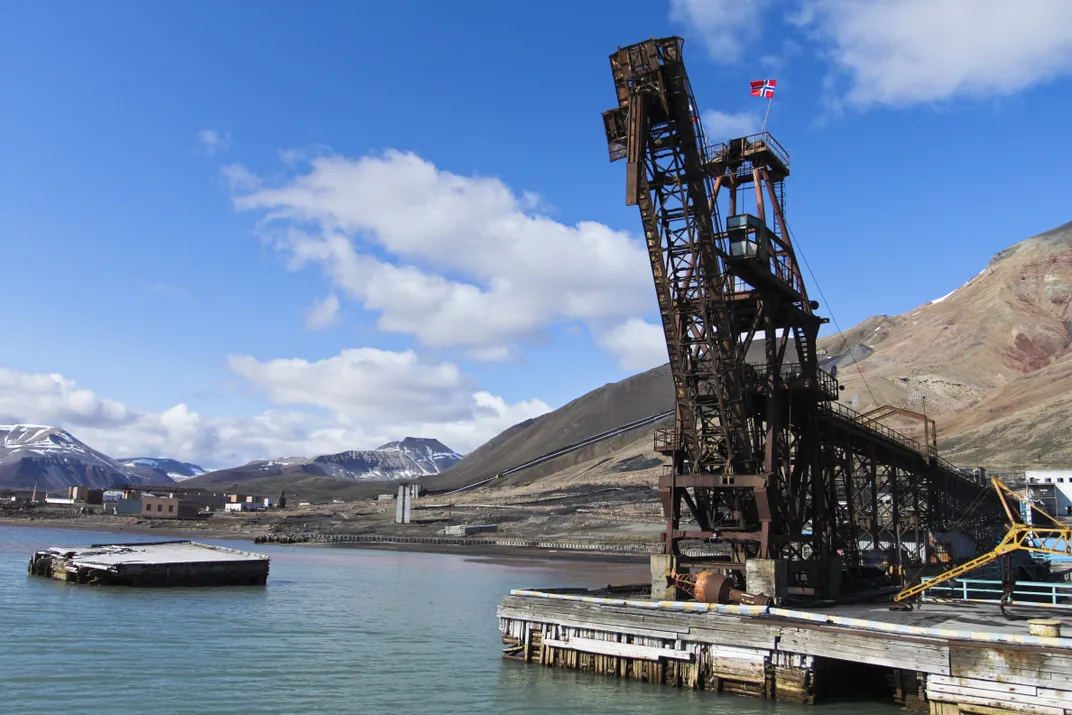

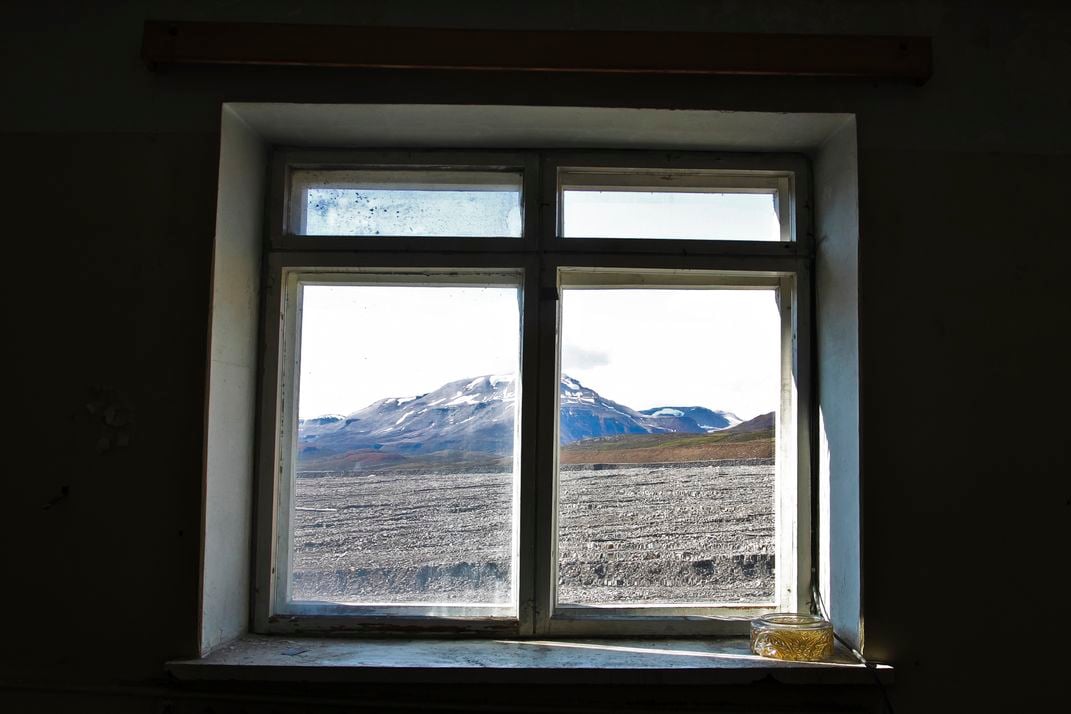
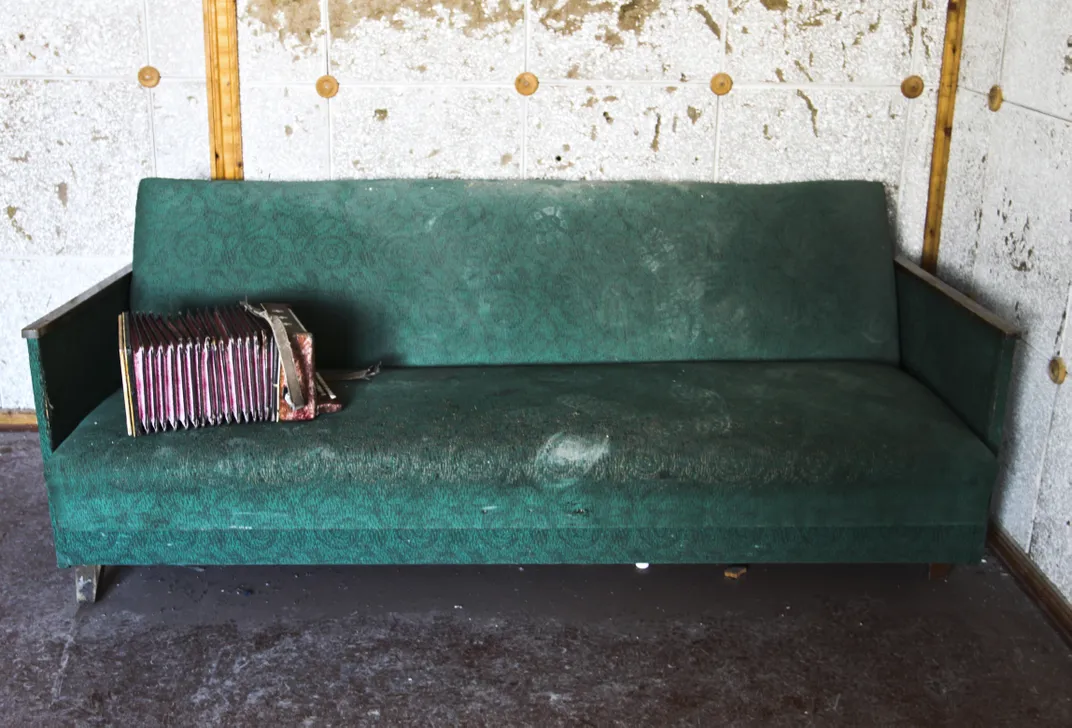

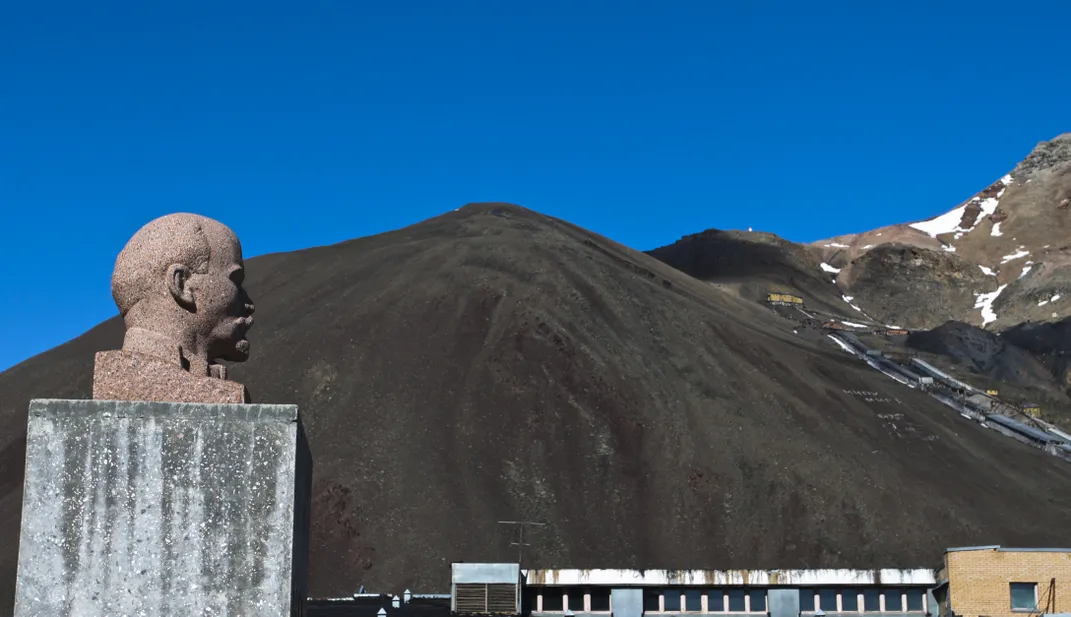
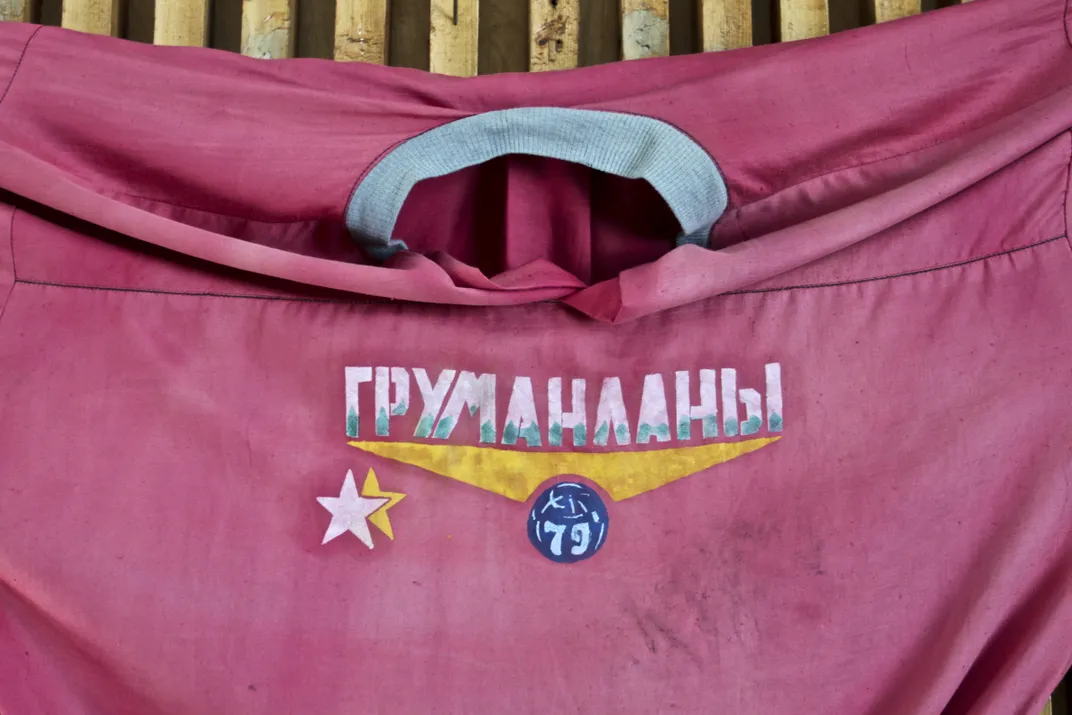
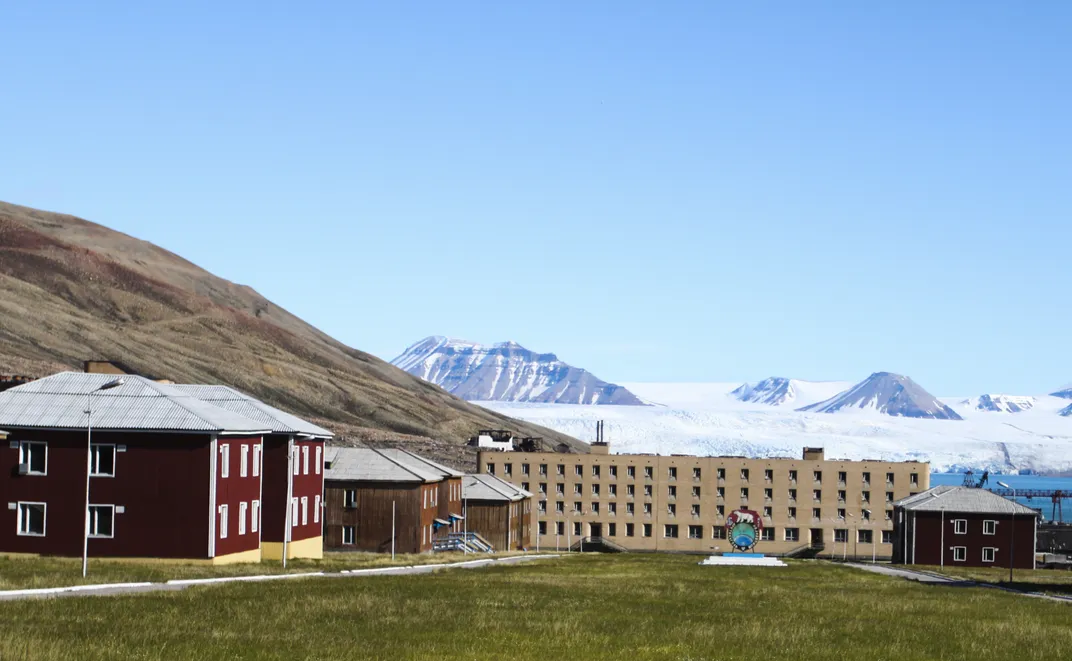
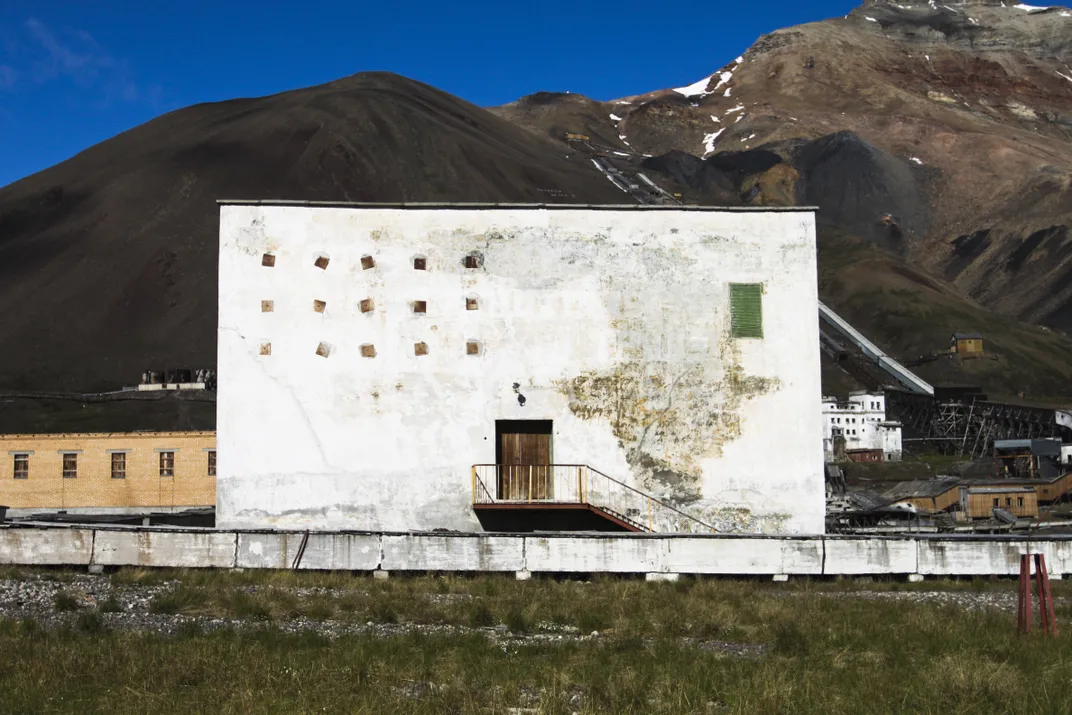
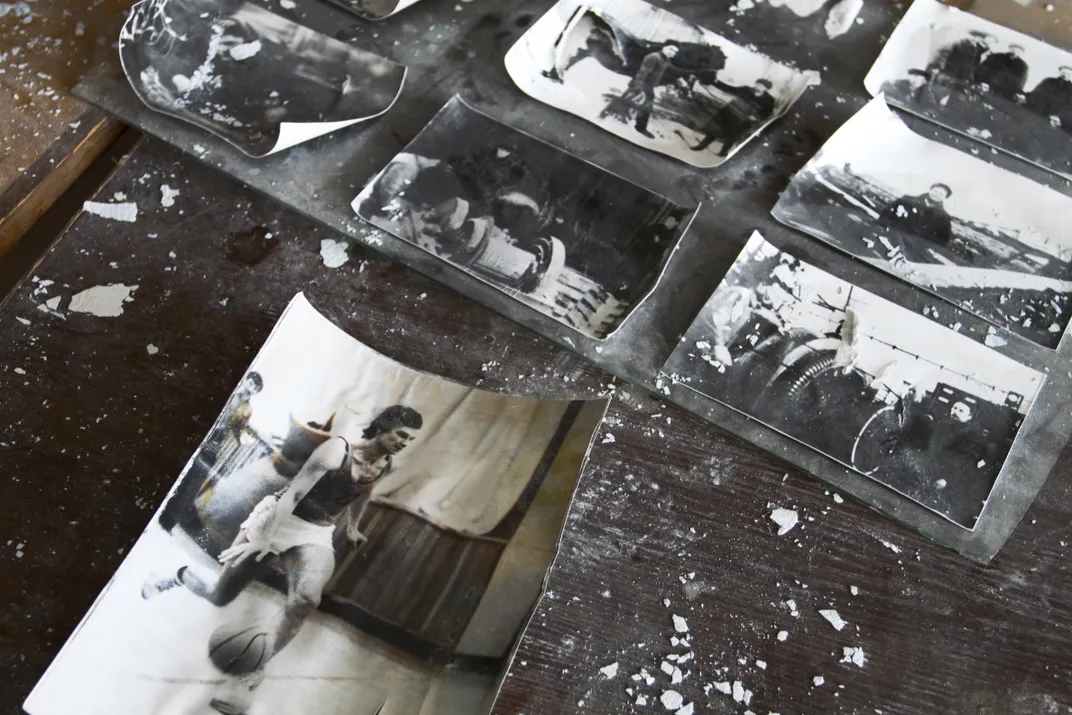
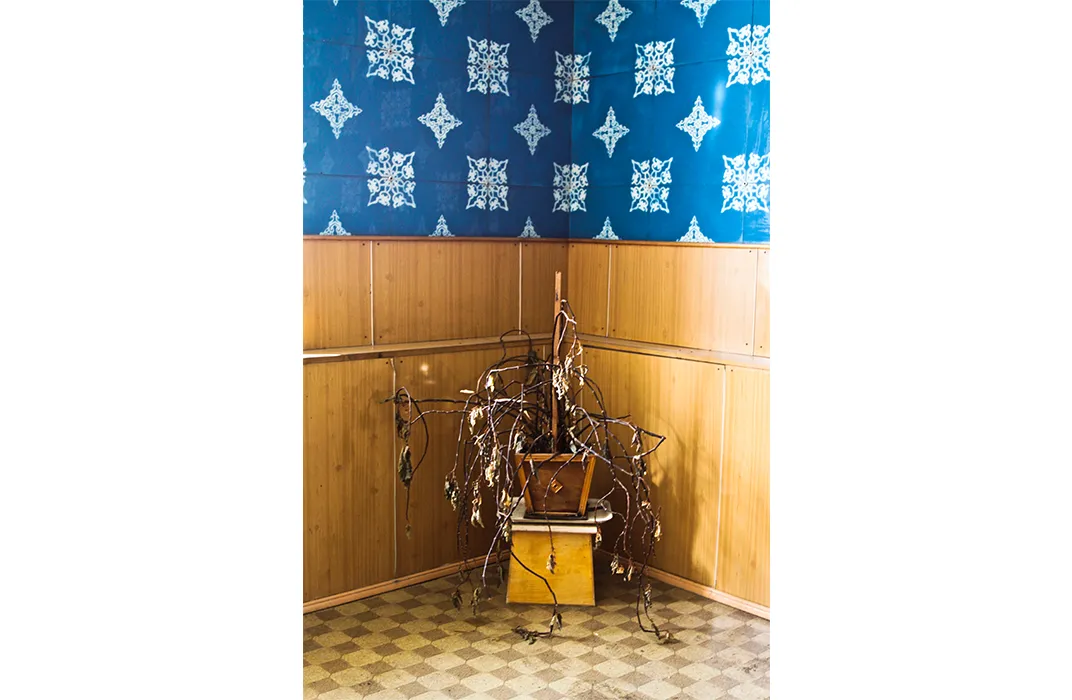
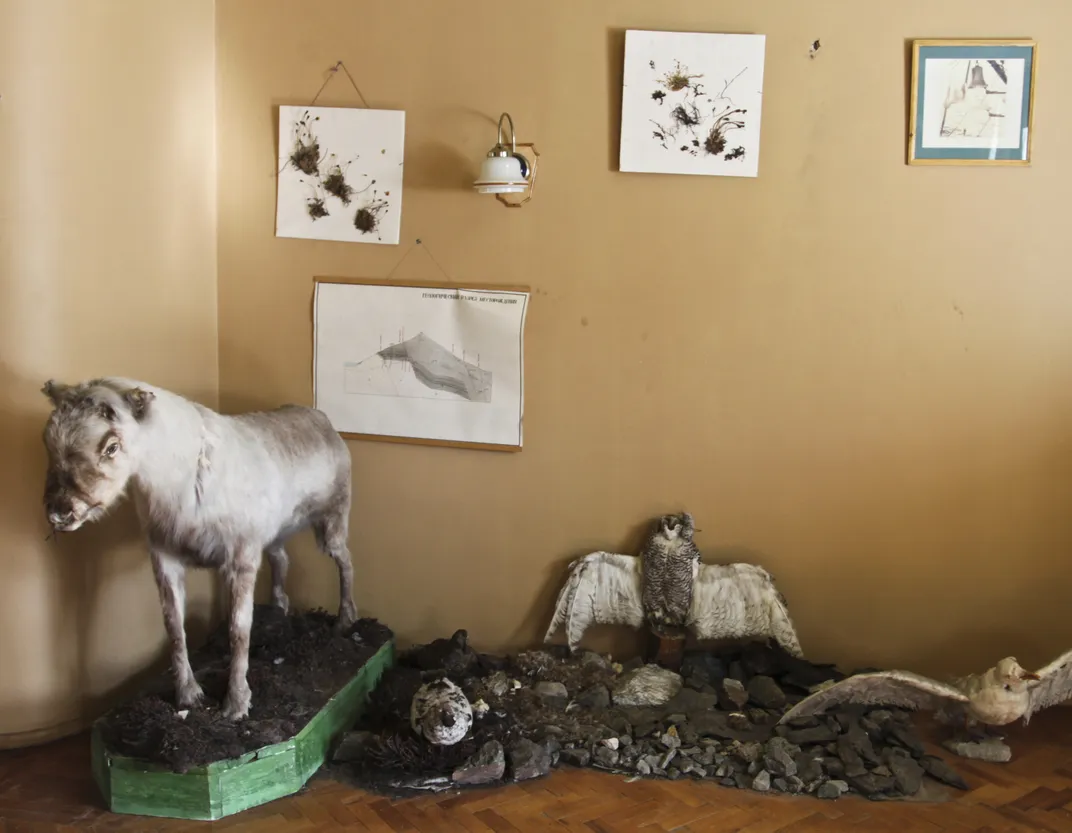
/https://tf-cmsv2-smithsonianmag-media.s3.amazonaws.com/accounts/headshot/Rachel-Nuwer-240.jpg)